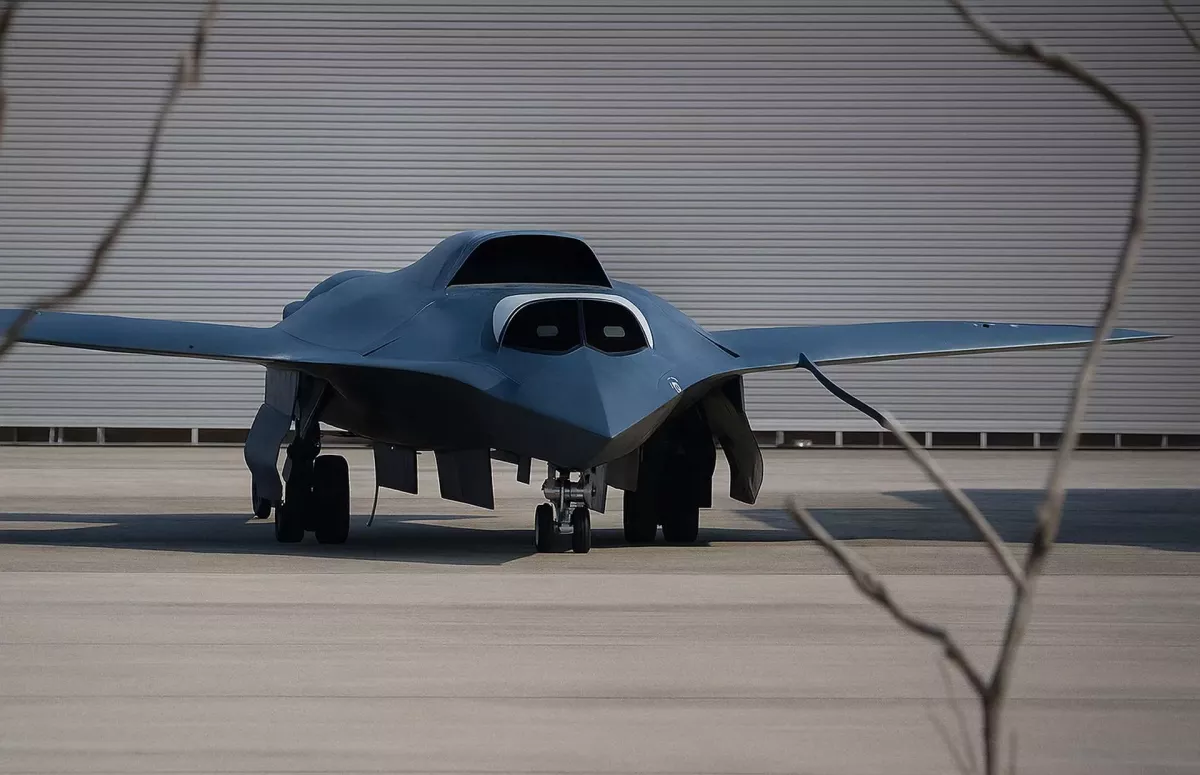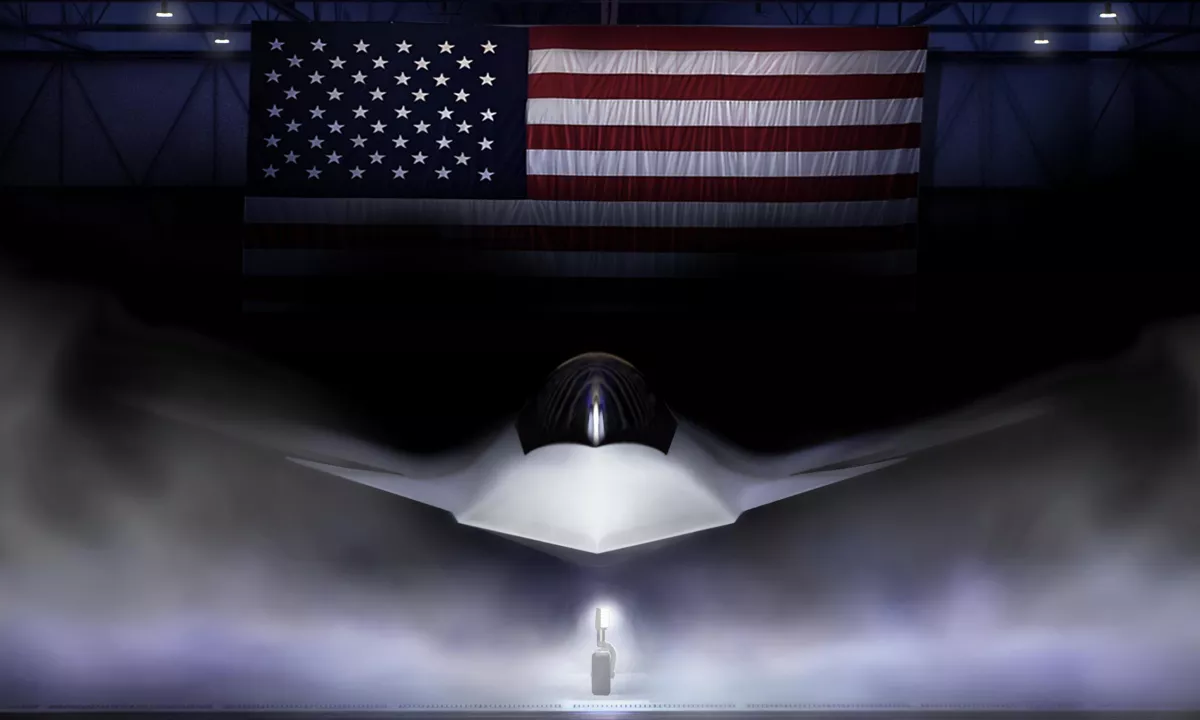Dawn of sixth-generation airpower: China’s J-36 vs. America’s F-47
The Army Recognition Group released a compelling assessment of China’s unveiling of the J-36 stealth fighter—a revelation that underscores how Beijing and Washington are accelerating into the sixth-generation airpower era. The analysis situated the J-36 not simply as a new aircraft, but as a doctrinal shift: a massive, tailless, twin-engine platform designed to coordinate autonomous systems, execute electronic warfare, and extend China’s power projection deep into the Pacific.
Set against the US Air Force’s Next Generation Air Dominance (NGAD) fighter, now known as the F-47, the emergence of the J-36 crystallises the intensifying rivalry for aerial dominance across the Indo-Pacific.

J-36: Beijing’s command-and-control fighter
Developed by Chengdu Aircraft Corporation, the J-36 is presented as the centerpiece of China’s sixth-generation ambitions. Its defining feature is size: weighing between 50 and 60 metric tons, it approaches the scale of US strategic bombers, dwarfing China’s own J-20.
The aircraft departs from traditional fighter concepts, adopting a side-by-side cockpit optimised for dual-crew mission management. One operator pilots, while the other manages electronic warfare, networked operations, and drone control—highlighting its role as an airborne command-and-control hub.
Its blended wing-body architecture eliminates vertical stabilisers for stealth optimisation, while large internal bays accommodate up to eight long-range missiles. Short-range weapons can be carried in wingroot bays for close-in defence.
Propulsion is expected to come from two WS-15 afterburning turbofans, each exceeding 18 tons of thrust, potentially enabling sustained supercruise above Mach 1.5. Radar-absorbent coatings, serrated inlets, and embedded antennas position the J-36 as China’s most stealth-optimised platform to date.
The J-36’s sensor suite is designed to dominate the electromagnetic spectrum. It will feature a wide-aperture gallium nitride AESA radar, an infrared search and track system, and passive electronic surveillance arrays.
Crucially, it is expected to house advanced datalink nodes capable of controlling uncrewed combat aerial vehicles (UCAVs), loitering munitions, or drone swarms. This aligns with China’s investments in loyal wingman programs like the FH-97A, making the J-36 a likely “mothership” for distributed aerial operations.
The J-36 is tailored to complement Beijing’s anti-access/area denial (A2/AD) doctrine. Its endurance and payload capacity allow it to patrol deep into the Philippine Sea or central Pacific, coordinating saturation strikes against US carrier strike groups or allied bases.
By integrating hypersonic glide vehicles, drones, and long-range missiles, the J-36 could act as a battle manager for joint operations beyond the first island chain.

The US counter: F-47 NGAD
Across the Pacific, the US Air Force is advancing its Next Generation Air Dominance (NGAD) program, rebranded as the F-47. While still highly classified, key details point to adaptive-cycle propulsion, enabling efficient cruising and high-thrust combat. Its modular payload bays and distributed sensing architecture are paired with AI-driven pilot support, reducing workload in complex engagements.
The F-47’s defining element is its integration with the Collaborative Combat Aircraft (CCA) program. Autonomous drones will extend its sensing range, provide decoys, and deliver precision strikes, reinforcing survivability in contested airspace.
With an expected operational range of over 3,000 kilometers, the F-47 prioritises precision and stealth, contrasting with the J-36’s emphasis on endurance and mass.
Together, the J-36 and F-47 illustrate the strategic convergence toward sixth-generation airpower, where superiority will be determined by human-machine teaming, spectrum dominance, and autonomous integration.
For Beijing, the J-36 signals a determination to contest US air dominance deep into the Pacific. For Washington, the F-47 is the cornerstone of the Air Superiority 2030 roadmap, designed to guarantee escalation control against emerging threats.
The unveiling of the J-36—and its juxtaposition with America’s NGAD—marks the start of a new phase in the US-China rivalry, one where the skies over the Indo-Pacific will increasingly be shaped by stealth, AI, and drone-enabled warfare.
By Sabina Mammadli








